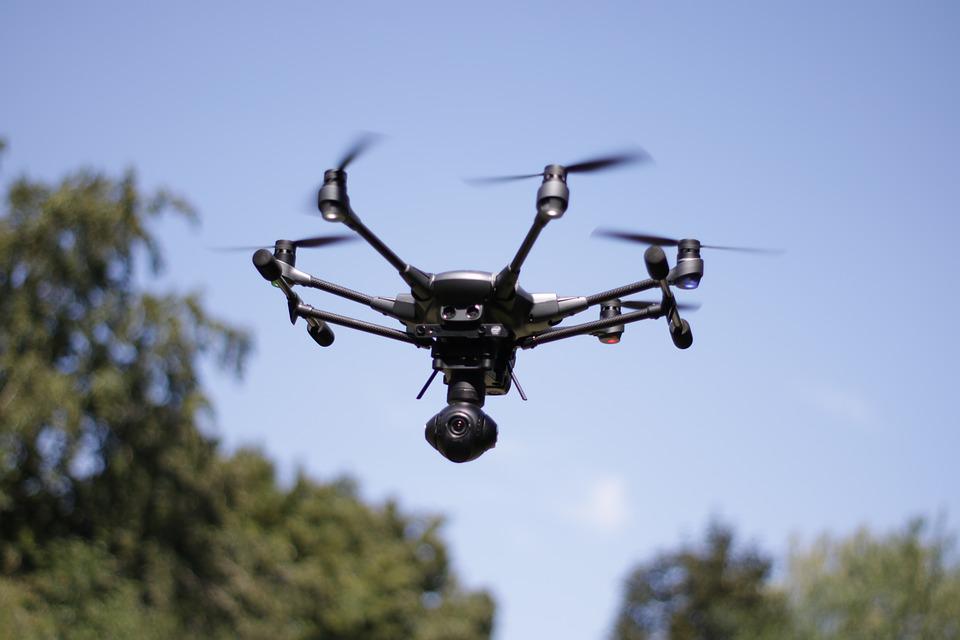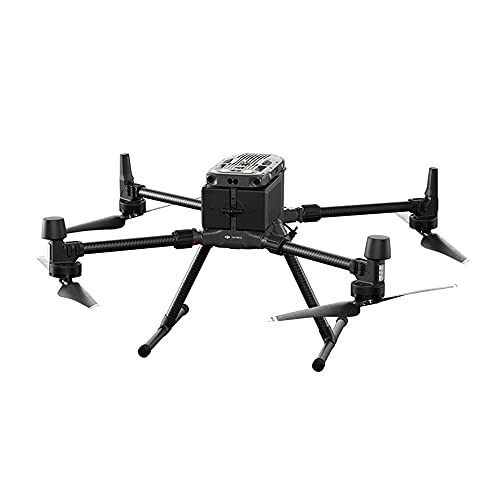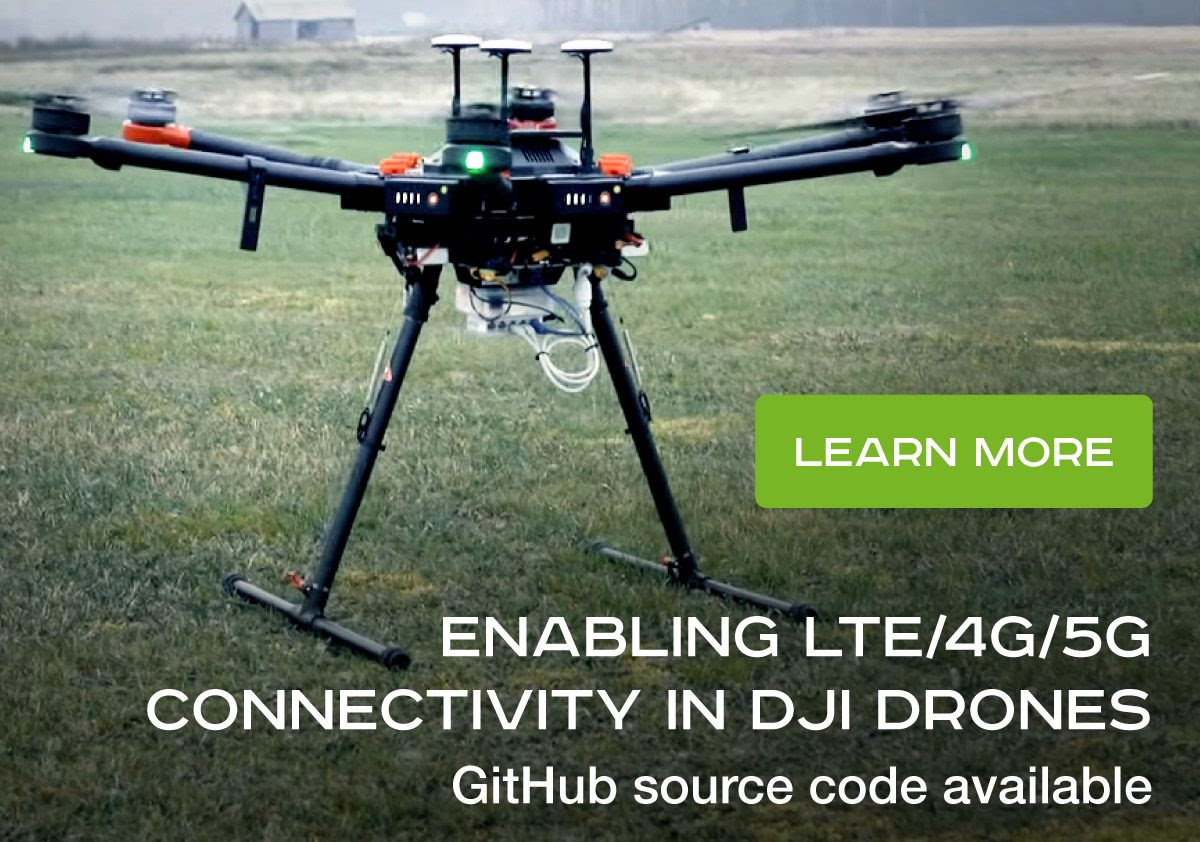
In 2004, the first swarms of camera drones flew. They quickly became popular ways to record the world. Since then, technology has advanced a lot. Today's drones can do a number of functions, including GPS tracking, real-time transition, improved stabilization, and longer battery life. These drones can be used for any purpose, regardless of their intended use.
Yuneec Typhoon A Plus
The new Typhoon H Plus, which is larger than the Yuneec Typhoon H predecessor, offers more power. The camera can take 4K/60fps videos and 20-megapixel still images. Additionally, the aircraft's larger six rotor airframe supports higher wind speeds and provides stability. These are some of the features you can expect to see from this quadcopter.
Parrot Anafi
Parrot Anafi, a flying camera capable of taking exceptional photos and videos is what you should consider. The Anafi captures everyday events in remarkable detail with its 180deg tilt-gimbal and high quality video recording. It has unique video and photo-taking capabilities. Here are some details about this flying camera. Do not miss this chance to get one.

DJI Inspire 2.
Two-axis FPV Camera on DJI Inspire 2 drones comes with cameras. It provides a wide-angle overview of your surroundings. It separates the main camera view from your flight view. It recognizes a variety of objects and adapts tracking profiles based on its surroundings, including obstacles 200m away. The ActiveTrack mode lets you easily track an object and adjust tracking profiles to suit the subject.
DJI Air 2S
The DJI Air 2S comes with a camera. It is a high quality drone that can capture clear and dark footage. The drone was tested in both bright and cloudy conditions. We used the auto exposure setting. The Fly-More-Combo kit included ND filters that could be used to adjust the exposure. We were capable of capturing a wide range of subjects, from distant mountains down to children playing on sand beaches.
DJI Inspire2 Zoom
The DJI Inspire 2 allows for aerial photography with a camera and an advanced obstacle avoidance program. This drone offers redundancy and fast flight thanks to its two battery options. It has three sensors to help keep it from crashing into objects, including trees, bushes, and other obstacles. This camera drone is compatible fully with DJI’s newest cinema camera the X7. You can also map your flight path with precise precision using GPS.

FAQ
What kind of batteries is a drone using?
Most drones use lithium-ion batteries. A typical drone consumes between 3 and 6.
What are the rules for operating drones?
The FAA will require you to register your drone. This registration process includes submitting information about the device, including its weight, size, battery capacity, and operating frequency. The FAA will issue you an identification number.
Are drones permitted at public events?
As long as you comply with the rules, drones can be flown anywhere. If you intend to fly your drone at a public event, such as a parade or festival, you will need permission from the organizers.
Statistics
- With the top 10% making over $100/h and the bottom 10% making as low as $10/h. (dronesgator.com)
- According to the multiple listing service (MLS), houses and apartments with drone photographs are up to 68 percent more likely to sell than those without pictures. (thedroneu.com)
- According to industry research from ZipRecruiter , there are 10 cities where the typical salary for a Drone Pilot job is above the national average. (dronesgator.com)
External Links
How To
How to Fly Drones at a Beginning Level
A drone refers to a remote-controlled aircraft designed for aerial photography, surveillance and scientific research. Drone technology has existed since World War II. DJI introduced their Phantom series of quadcopters in 2010, but commercial use only began in 2010. Many types of drones have been made available since then, from beginner-friendly models such as the Parrot AR Drone 2.0, to high-end multi-rotor craft such as the DJI Mavic Pro.
There are many options for flying a drone.
-
Remote control – This technique uses a control device attached directly to your hands that allows you steer the drone around its flight path. There are two types of controllers available: joysticks and on/off switches.
-
Manual Control – This allows remote operation of the drone via GPS coordinates using a smartphone application. The app will provide instructions and help you to locate the drone.
-
Autonomous Flight - This method involves leaving the piloting duties to the drone itself. It is basically flying autonomously and without human intervention. For the autonomous flight to occur, the drone must have a built-in camera and sensors capable of capturing images and data.
-
Triggered Flight: This is similar in concept to manual control. The pilot manually creates a route and the drone then follows it until it reaches that endpoint. After the preprogrammed route is complete, the drone will automatically land and return to its base.
-
Landing Gear – A few drones come with landing gear. This allows them land safely in the event of losing power or running out of battery.
-
Goggles: Some pilots use goggles in order to protect themselves against debris when operating.
-
Camera - Some drones are equipped with cameras allowing you to capture photos and videos from above.
-
Obstacles: Some drones are equipped with obstacle avoidance systems to prevent them from hitting obstacles.
-
Speed - Drones can reach speeds up to 40 mph.
-
Battery Life - Most drones last between 20 and 3 hours depending on how much power they have.
-
Range - Some drones can travel upto 30 miles depending on their models.
-
Power source - Not all drones can use an external power source. Others can run on internal batteries.
-
Weight - Some drones are lighter than others, while some models can weigh as much as 4 pounds.
-
Size - From small drones that can be carried in the palm of one's hand to larger drones that weigh over 50 pounds, drones come in a variety of sizes.
-
Price – All drones fall into a price category. These range from expensive models that cost thousands to affordable options that start at 100 dollars.